Brendan Dawes, Moments, NFT, 2021
Have NFTs changed the Art Market?
To find out, we asked leading artists, collectors and entrepreneurs to share their insights and explore what comes next.
A year ago, the term NFTs had barely scratched the surface but after a spectacular, whirlwind year, NFTs no longer require an introduction. From the $69 million Beeple Christie’s auction sale in Spring to Nike acquiring RTFKT, an NFT sneakers and collectibles company, and Collins Dictionary choice of NFT as word of the year, everyone now knows about NFTs (non-fungible tokens).
When we last reached out to these experts in December 2020, we compared NFTs to the birth of Street Art in the 1980s. Our article, “Are NFTs the future of the Art Market?”, we highlighted that like street art, NFTs were initially disregarded by the art market. Whereas it took street art decades to achieve broader recognition and higher prices, NFTs have catapulted to these heights in several months.
“I think the most exciting development for NFTs this year was jumping into the mainstream lexicon. Everyone hoped this would happen but no one had any idea about the timeline. I think it happened years before many thought it would,” said John Crain, CEO, SuperRare.
Exponential growth
According to DappRadar, the NFT market has racked up $22 billion in total sales in 2021, a 220-fold increase on last year’s total sales of $100 million. Nonfungible.com placed total sales for NFT art at $2.1 billion for 2021 sales compared to $17.1 million in 2020.
The traditional art market has never experienced growth at these levels with the total global fine art market estimated around $60 billion in annual sales with annual increases and decreases typically under 10%.
Verisart has also seen exponential growth in 2021, with the number of certificates growing 30-fold over the past year and a record high of 15,000 certificates created in December.
NFTs and the Art Market
Following the breakthrough Christie’s sale of Beeple’s Everydays: The First 5,000 Days, auction houses embraced NFTs, collaborating with other best-selling NFT artists including PAK and Fewocious and working with NFT Marketplaces such as OpenSea. Both Sotheby’s and Christie’s NFT have exceeded $100 million in NFT sales this year.
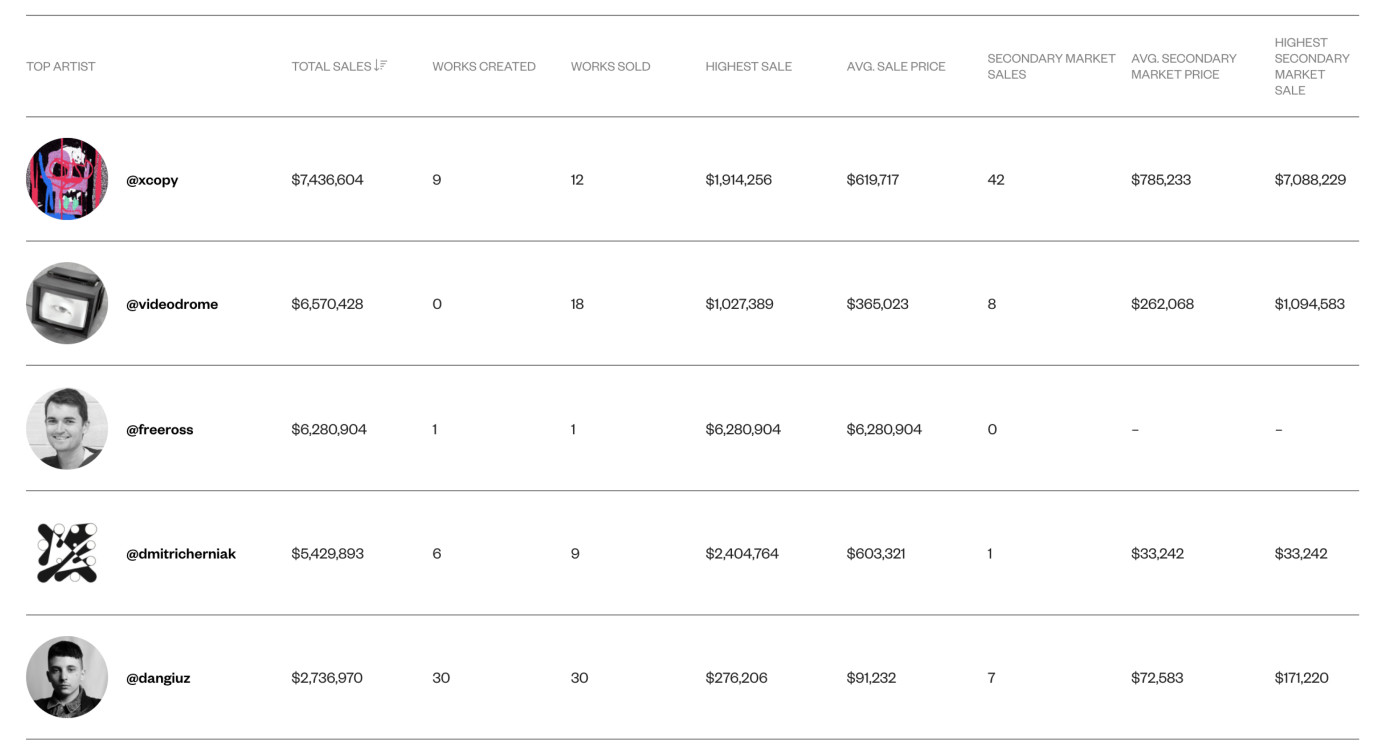
Established artists have also launched their own NFT projects including Damien Hirst’s Currency Project, JR’s Greetings from Giza and Tom Sachs’s Rocket Factory. Many more artists have released their own NFTs including Urs Fischer and Roe Ethridge. Kenny Schachter coined the new phrase ‘‘NFTism” and even had it tattooed on his bicep (source).
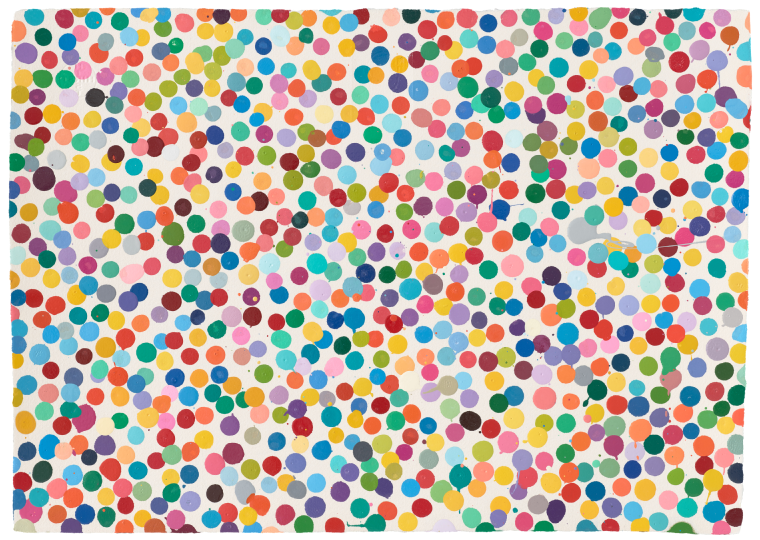
Between March and July 2021, Verisart partnered with NFT marketplace SuperRare for 10x10 and 8x8 curated NFT auctions totaling over $1 million in sales. Participating artists included Shepard Fairey, Random International, Neïl Beloufa, Petra Cortright, Jonathan Yeo, Universal Everything, AES+F, John Maeda, Lynn Hershman Leeson, Sougwen Chung, Quayola and several others.
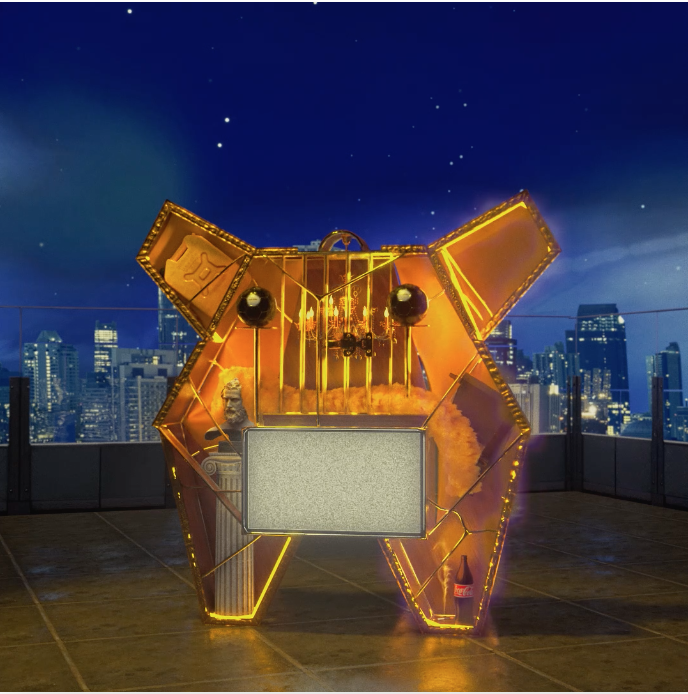
Galleries such Kate Vass, Gazelli Art House and Konig Galerie promoted NFT drops with their artists including Espen Kluge, Alexander Reben, Claudia Hart, Tupac Martir and Erwin Wurm. Sotheby’s launched its own Metaverse, Artnet released its own NFT marketplace ArtNFT and Pace Gallery unveiled Verso. The crypto and art market converged at this year’s Art Basel Miami Beach with the Tezos blockchain sponsoring a series of talks on NFTs and the unveiling of Refik Anadol's public art installation commissioned by Aorist and the Reef Line. To top it all, the ERC-721 token standard snagged number one spot on Art Review’s Power 100 list.

New possibilities with digital art
“Being able to sell digital art – especially remaining in its digital form and not become a print – and proving ownership of that art was pretty impossible before NFTs,” explains Brendan Dawes, a digital artist working with NFTs.
Collector Jeremy Zahora, who owns works by Pak, Beeple, Mad Dog Jones, Refik Anadaol, Fewocious and many more, says, “NFTs are going to be passed down generation to generation, someday I hope that holding a Beeple is viewed like owning a Picasso.”
Working with the Estate of Lee Mullican, Verisart dropped 15 pioneering digital works by the artist from the 1980s as NFTs. The drop marked the first time the artist’s digital works were offered in their native digital format.
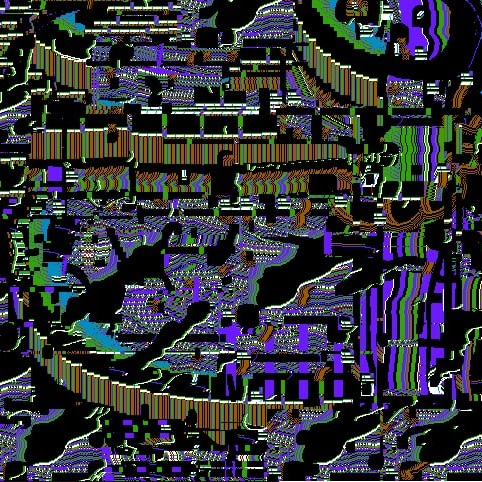
The technology and community provide new creative possibilities for digital art. Mario Klingemann’s Botto Project is a decentralized AI artist who allows the community to pick the work that will be minted and, over time, learns and adapts to their preferences. Generative art marketplace Art Blocks enables artists to upload their code and have works generated at the point of minting. The final outcome is a unique piece not seen before by the artist or the collector. Interest in Art Blocks exploded in August 2021, with projects like Chrome Squiggles by Snowfro, Fidenza by Tyler Hobbs, Ringers by Dmitri Cherniak.
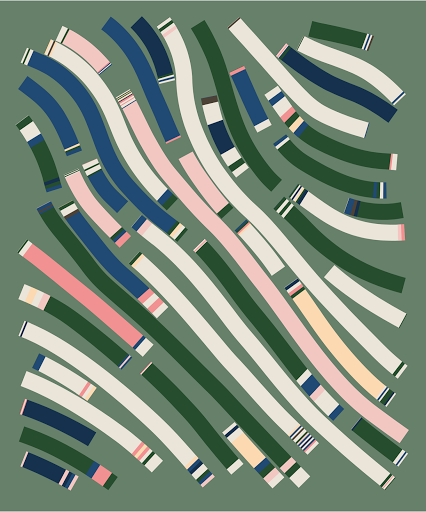
Digital collectibles & PFP projects
“For me, the PFPs explosion was the most exciting and craziest development of this year,” says Trevor Jones, the sixth best-selling NFT artist according to cryptoart.io. Interest in algorithmically generated PFP NFT projects, like CryptoPunks and Bored Ape Yacht Club (BAYC), exploded this year. PFP stands for “profile picture” and many collectors adopt their PFP NFTs as their online identity, changing their pictures and including the NFT name in their bios. Of the 80 NFTs collected by filmmaker Miguel Faus, the majority are digital collectibles including a CryptoPunk, Bord Ape and Cool Cats.
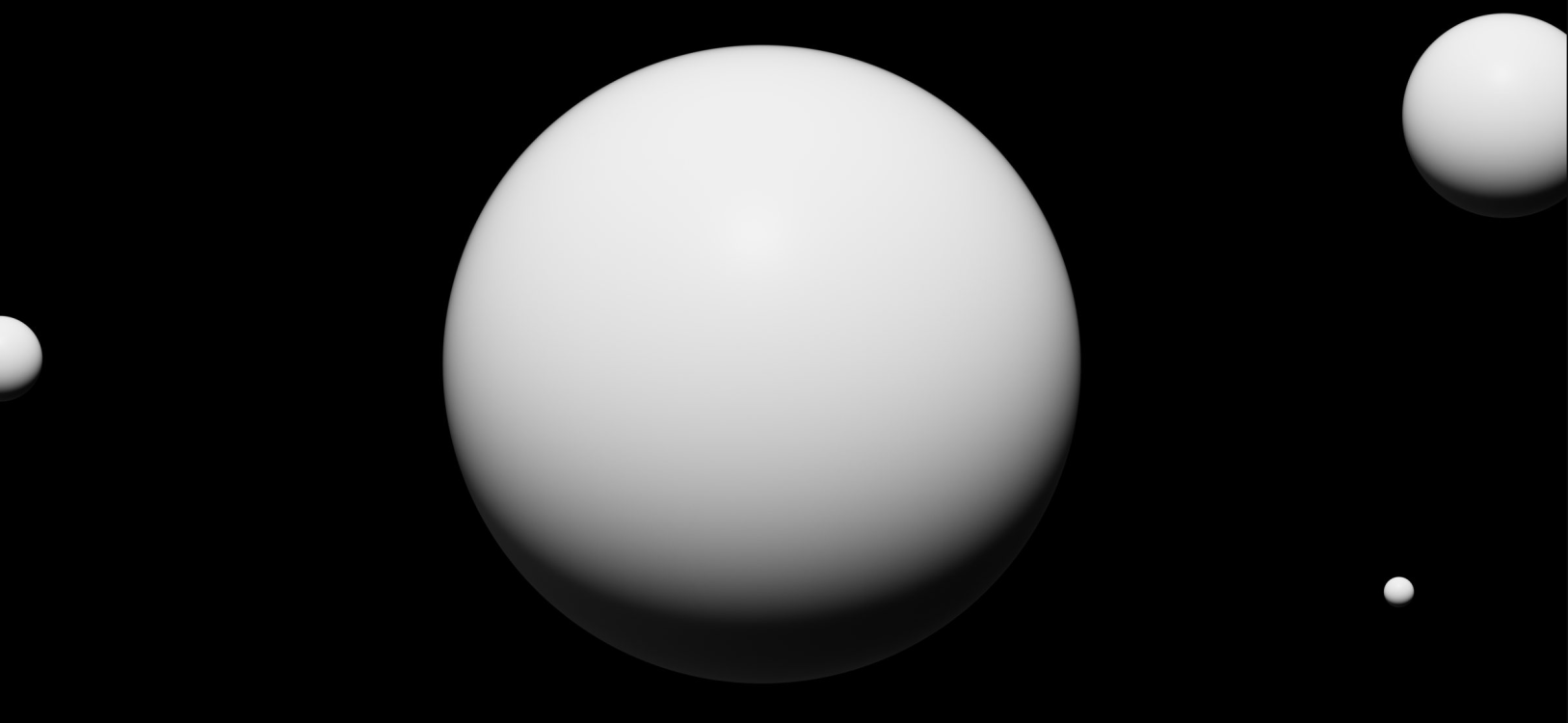
“The artists that are pushing the boundaries of NFTs and are actually looking for utility, that’s been exciting. Pak seems to do it time after time. It’s the smart contract that’s important. That’s where Pak is pushing the boundaries on, the on-chain information, designing his own token, that’s where it’s going, ” explains Jeremy Zahora.
Minting algorithmic works in high volumes help artists build up communities and allow for gamification and innovation. The artist Pak’s recent ‘Merge’ drop in December sold 250,000 “mass units” for a collective $91.8 million during three days and gives collectors the opportunity to merge their units to form new NFTs.
Shepard Fairey’s landmark DEGENERATE/REGENERATE drop sold out within 5 minutes after the start of the public sale. The generative NFT layered iconic images resulting in 7,400 new, unique digital artwork. Each NFT carries a Verisart Certificate of Authenticity.
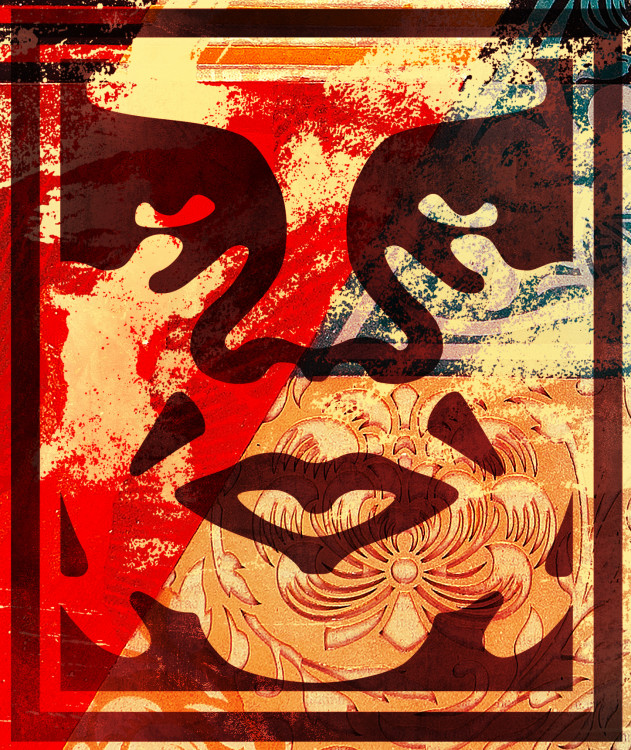
Building community and interaction
Beyond the attention-grabbing figures, artists and collectors are also looking for - and finding - real connections. NFT collector Miguel Faus explains, “before the NFT revolution with traditional art collecting, it was a forcedly private experience…However, with Digital Art you can collect an NFT and all of your friends can also enjoy it on social media (and even in the physical world if you display it). It’s an added feature, rather than a substitution of the physical presence.”
Artists and collectors regularly communicate through Discords and DMs, and there is a sense of approachability not often found in the art market. Trevor Jones explains how his Bitcoin Angel open edition drop on Nifty Gateway in February changed his life forever.
“I’ll now be throwing castle parties every year for collectors who own the artwork, which is so crazy and so surreal!” Jones said.
Live events are organized by NFT companies like Bright Moments, a Decentralized Autonomous Organization (DAO) that specializes in live NFT minting experiences. The DAO worked with generative artist Tyler Hobbs on his Incomplete Control drop offering an in-person, minting experience accompanied by live music, food, and a chance to meet other collectors. Collectors spent a total of $7M to win one of 50 Golden Tokens granting ownership to one of the unminted and unseen NFTs.
Remaining challenges
The NFT space and its relationship to the art market are not without challenges. As the popularity of NFTs has grown over the past year, scammers have found creative ways of exploiting security loopholes. Identity fraud has been a significant issue, highlighted by news of the fake Banksy sale on August 31, 2021. Although NFTs provide a transactional record of the work, they don’t prove the identity of the creator and cannot guarantee creative authenticity.
To build trust in the market and protect artists and collectors, Verisart’s minting service provides certified NFTs which come with integrated Certificates of Authenticity (COA). Only verified artists can create a COA and showcase a verified tick next to their name, reassuring collectors that the artists are who they say they are.

The NFT market replicates many of the biases found in the traditional art market. ArtTactic’s NFT Art Market Report from November 2021 concludes that the market was trending towards a “winner takes all” market. Using Nifty Gateway data from February 2020 to September 2021, ArtTactic also found that female artists account for less than 16% overall and that American, British, and Canadian artists account for 73% of total NFT sales value. Moving forward, the NFT space needs greater awareness of these issues to address them as it develops.
What’s next?
The arrival of NFTs expanded the art market by adding a whole category of digital art. NFTs were not mentioned once in the Art Basel & UBS Report about the state of the art market in 2020, they are sure to feature in next year’s report.
John Crain explains, “There is no going back! Over the past three decades, we've seen many markets become digitized. This had yet to happen to the art market and we're seeing the early stages of what's to come.”
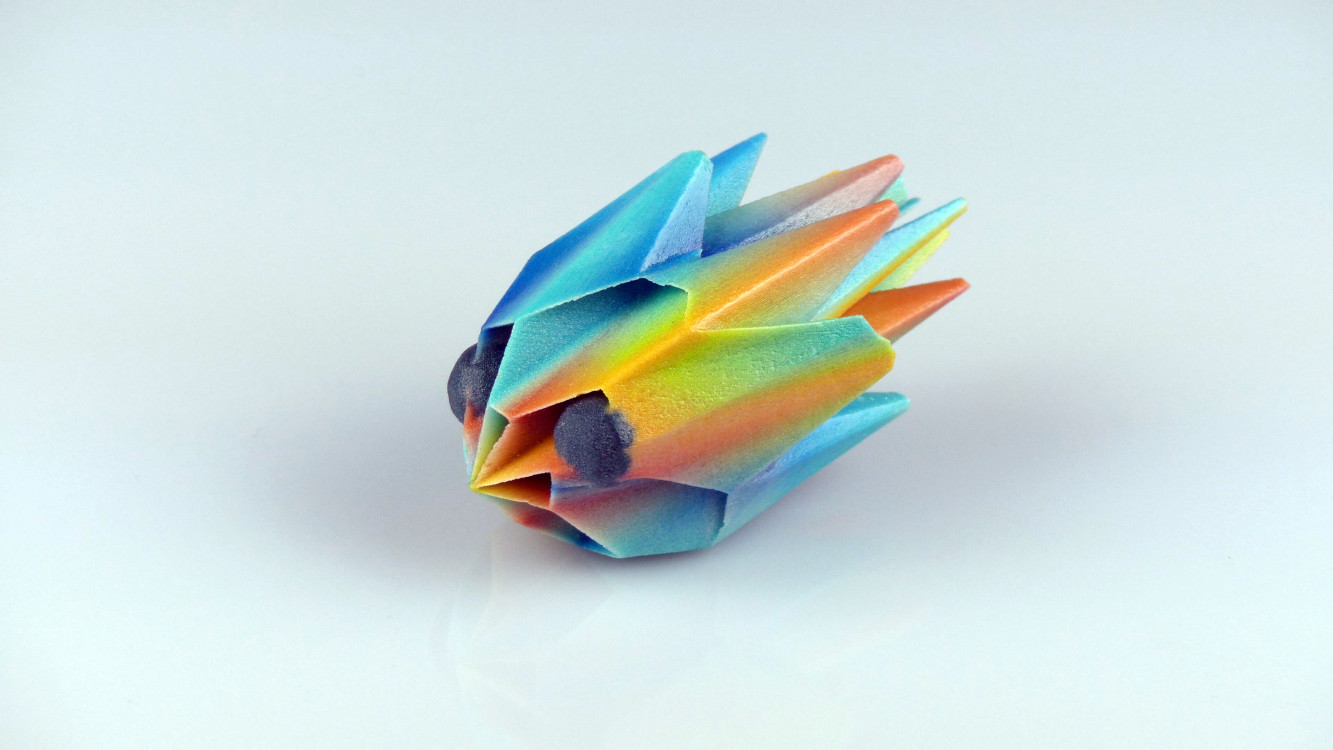
Brendan Dawes adds, “I've been having great conversations with big contemporary art collectors, some of whom now own my work, and they are serious about NFTs. It will take a while but it's heading in the right direction. Let's not forget though, NFTs are a mechanism to distribute digital things. I personally don't like to think I make NFTs – I make art.”
“Everything you can imagine is real,” said Picasso. At Verisart and beyond, this is just the beginning. Expect to see many more token applications in the art market in 2022 from social tokens, gated content, DAOs and plenty more acronyms - WAGMI